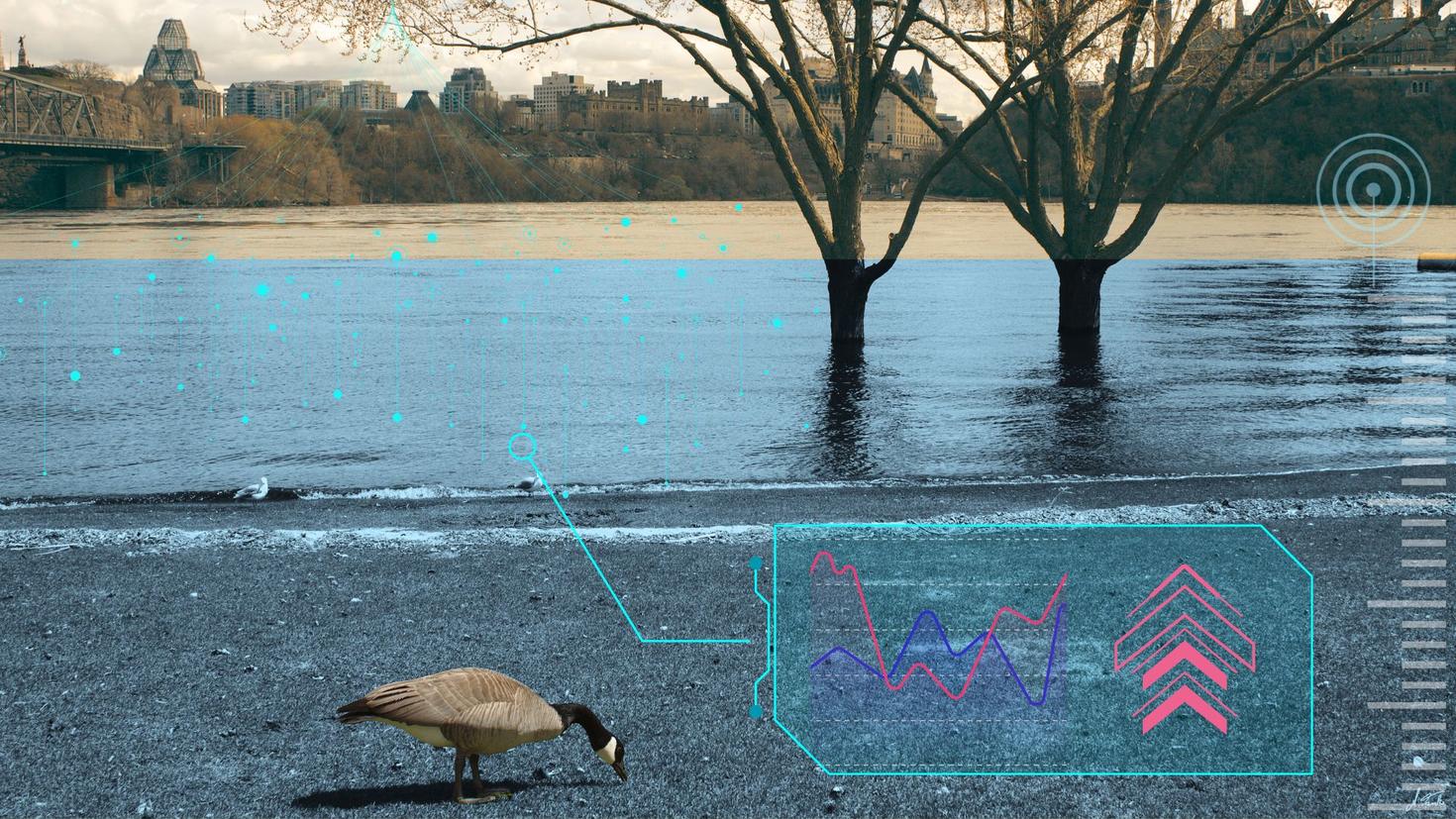Over the past century, there have been 300 floods in Canada, with 100 occurring over the past two decades alone. Ontario has witnessed the highest number (29), followed by Quebec (20), resulting in billions of dollars in costs. These numbers illustrate the urgent need for quick action.
At the University of Ottawa’s Faculty of Engineering, Professor Hossein Bonakdari is conducting research to help us understand and mitigate the impact of floods. By embracing AI-powered tools and other innovative techniques, Bonakdari and his team are looking to help Canadians better prepare for floods and ensure a more sustainable future for generations to come.
Strengthening flood resilience in the Ottawa River watershed
The Ottawa River, which is crucial for the National Capital Region, is no stranger to climate-driven floods. In fact, the Ottawa River flooding of 2017 was considered the flood of the century before being dethroned by the 2019 floods, during which more than 6,000 homes were inundated or considered at imminent risk and many roads were closed. The National Capital Commission (NCC) estimated infrastructure damage to be nearly $10M.
When it comes to potentially devastating events such as these, multi-factor risk assessment and accurate forecasting can be game-changers. Since machine learning models primarily depend on historical flood data, they frequently fall short in accurately predicting what they have not seen before. To address this, Professor Bonakdari and his team are advocating for a combined approach they call the Real-Time Multi-Steps-Ahead Flood Forecasting Model, which combines numerical modeling and machine learning.

“Our deep learning algorithm demonstrates exceptional performance in predicting peak discharges, thereby improving flood preparedness and response efforts.”
Professor Hossein Bonakdari
— Faculty of Engineering, University of Ottawa
Initially designed for the Saint-Charles River in Quebec, the deep learning algorithm leverages historical flood data and weather forecasts to capture complex river dynamics and predict peak flows with remarkable accuracy. The goal? To provide timely flood alerts that help communities and authorities take proactive measures.
Today, Bonakdari is applying this innovative model to the Ottawa River, gathering a comprehensive dataset of river flow discharge and encompassing a wide range of scenarios, including simulations of future floods.
Beyond the riverbank: Unveiling inland flood vulnerabilities
While it is important to accurately predict the threats posed by river floods, it is equally crucial to recognize that these challenges extend beyond waterfronts. Another major component of Professor Bonakdari’s research looks at the vulnerabilities of inland areas that can also be prone to flooding.
To better understand these risks, his team uses an innovative machine learning technique called the Generalized Structure of Group Method of Data Handling. This method outperforms traditional ones, which often struggle to predict runoff, which is the overflow of water that occurs when land can no longer absorb it.
The study integrates data from a satellite-based sensor used for earth and climate measurements to capture vegetation dynamics — information about how plant life interacts with sunlight, the soil, the topography, the precipitation and the climate of a region. By gathering this data, the team can make precise runoff predictions, which are instrumental in evaluating changes in flood vulnerability over time and in implementing more effective preventive measures.
With clearer insights into high-risk areas, decision-makers can allocate flood protection resources more efficiently, thereby improving community safety and safeguarding infrastructure.


